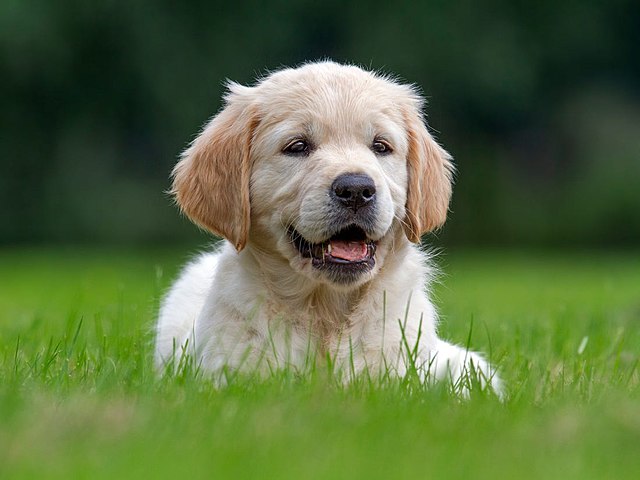
Appropriate oral hygiene for your dog is an important part of his general health and also wellness. It is great to have a fundamental understanding of typical tooth development in pet dogs so you can care for your pet dogs’ teeth with the very best method.
Puppies are born without any teeth. By about 2 or three weeks of age, the young puppy begins getting his very first set of teeth and has about 28 of these temporary teeth after two months. A puppy’s very first set of teeth is made up of both incisors and also canine teeth, as well as premolars. These teeth begin to fall out, being replaced by permanent adult teeth, when the pet dog is about 12 weeks old.
A lot of the canine’s permanent teeth are available at around 6 months old. Throughout this moment, many pets experience teething pain and want to eat and also munch on a variety of points to alleviate the pain. By the time all of the pet’s grown-up teeth have been available in, he will have a full set of 42 teeth.
The 12 tiny teeth in the front of the pet dog’s mouth are incisors. These teeth are utilized to grab little items of food and also the dog will certainly use them for grooming and also eliminating fleas from his fur. There are likewise 4 long, pointed teeth near the front of the mouth called cuspids or canine teeth. These are the teeth made used to tear larger pieces of food.
There are 16 premolars alongside the pet dog’s mouth that are utilized to reduce the food right into smaller-sized items. In the back of the dog’s mouth, there are 10 molars that aid in eating by crushing the food as well as grinding it.
Without proper oral health, there is an 80% possibility that your pet will develop some kind of oral, or gum complications before he is 3 years old. Infections in the gums as well as damaged teeth are common issues, in addition to irritability of the tissue in your pet’s mouth. Any one of these issues can develop bacteria that may enter your pet’s bloodstream, contaminating important body organs, like his heart, kidney, lungs, or intestines. To learn more, visit Digestley for further info.

Your veterinarian is the very best source for learning the very best oral health techniques for your pet. Arrange normal dental examinations for your dog when he is still young to avoid difficulties when he is older. Regular oral hygiene for your pet dog can avoid a number of typical canine tooth troubles, like tartar build-up and periodontal inflammation, while other troubles, like malocclusion, can be spotted early and also dealt with suitably.
Throughout a regular canine oral checkup, your vet will generally try to find evidence of tartar and will check out the teeth for looseness, cavities, and also other irregularities. He will certainly additionally check your dog’s gum tissues as well as a palate for irritation or uncommon growth. Your dog will generally be drunk on an anesthetic during the test, so he can not eat anything the evening prior to the checkout.
In some cases, your veterinarian may recommend blood tests or a total wellness examination before performing the oral check-up with an anesthetic. This will figure out any other problems your canine may be experiencing, along with guarantee his security during the upcoming procedure. If your canine currently experiences dental troubles, he may be provided an antibiotic to treat any type of existing infection and to avoid further issues.
Written by Amy M. Cardenas
Like Us On Facebook








